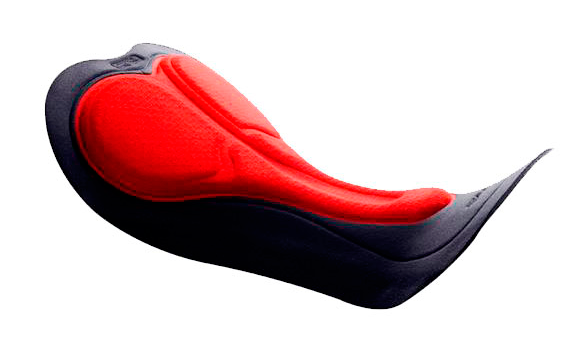This technical article describes an acoustic emissions study conducted on an electric water circulation pump used for supplementary cooling or heating functions in vehicles, by the Modeling & Simulation Pumps Department of Pierburg Pump Technology.
This case study was used to demonstrate the feasibility of using a complete acoustic workflow, from the analysis of the main exciting loads to the acoustic output, which made it possible to quantify the relative contributions of the different loads to the final acoustic emission.
The WUP case study was a successful example of demonstrating the feasibility of a complete acoustic workflow, from the analysis of the main exciting loads to the acoustic output. This approach made it possible to quantify the relative contribution of the different loads to the final acoustic emission. The Ansys Workbench environment made this activity efficient due to the possibility of establishing direct links between the different physics, which facilitated the transfer of data and results.
Read the articleCASE STUDY
In our two-part feature article, Livio Furlan explains how numerical simulation is used to design and plan structures that will resist the specific environmental characteristics of marine mineral resource extraction, as well as its role in meeting standards and regulatory certification.
oil-gas

CASE STUDY
Sport equipment design is characterized by the fact that a fundamental part of a product success depends on the athlete’s feedback.
sports modefrontier ansys ls-dyna